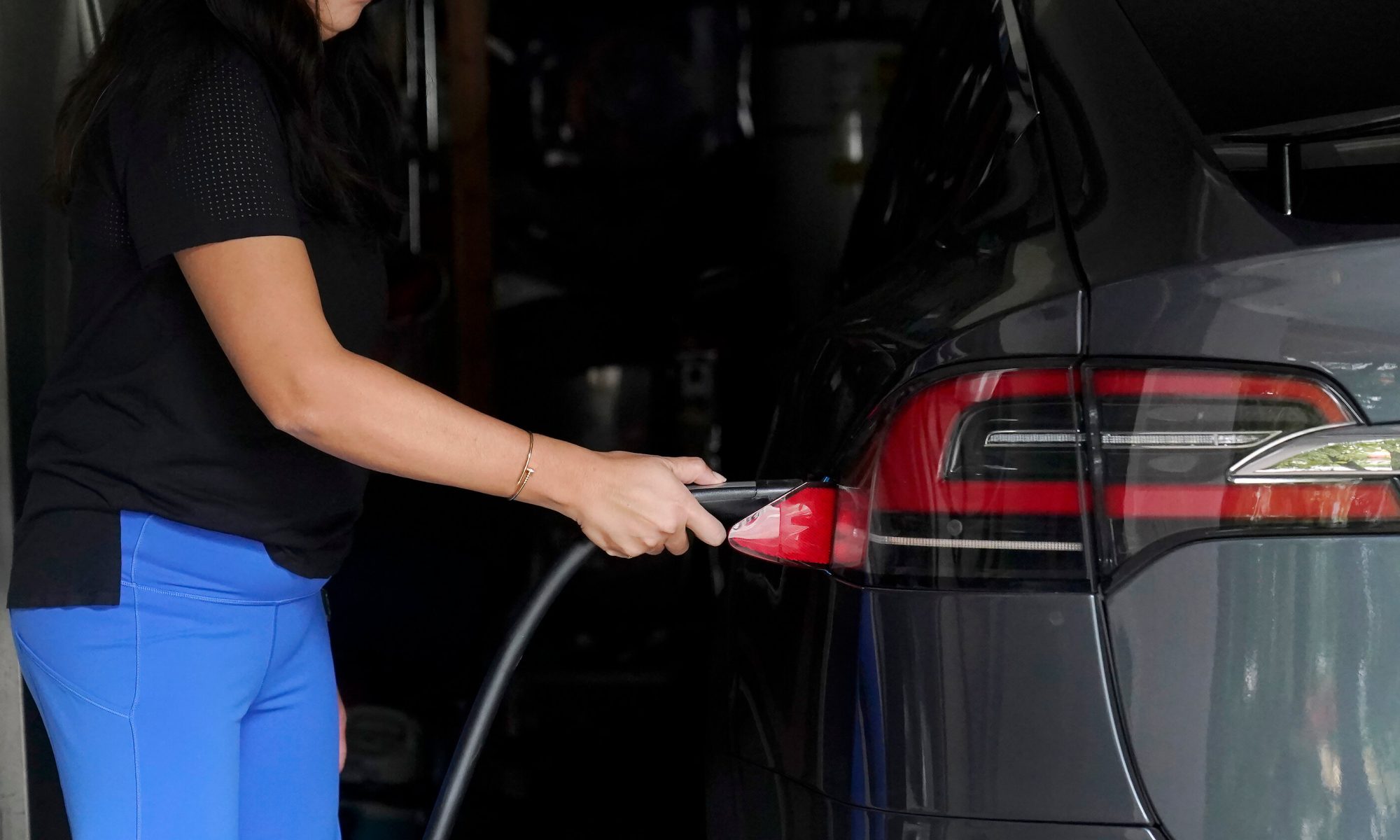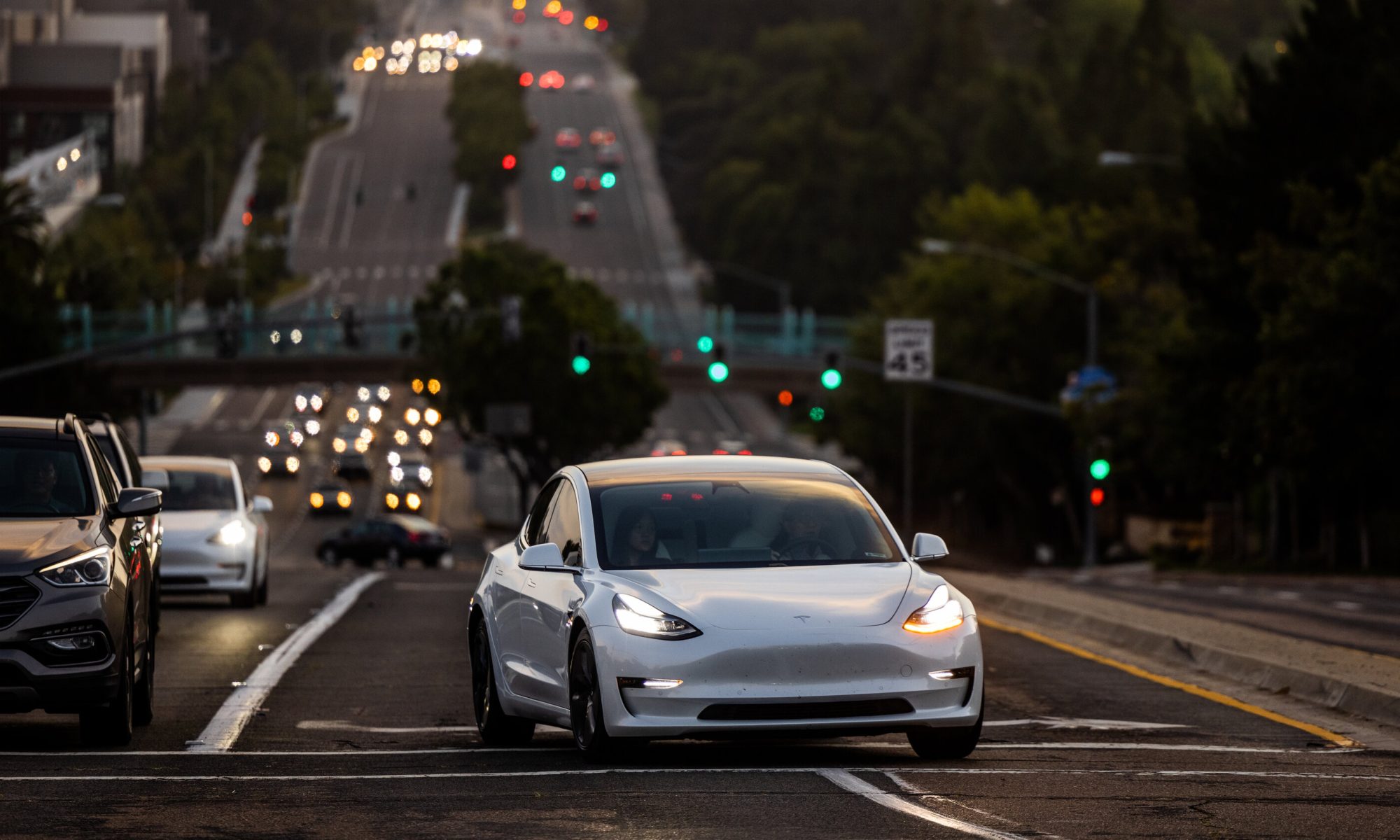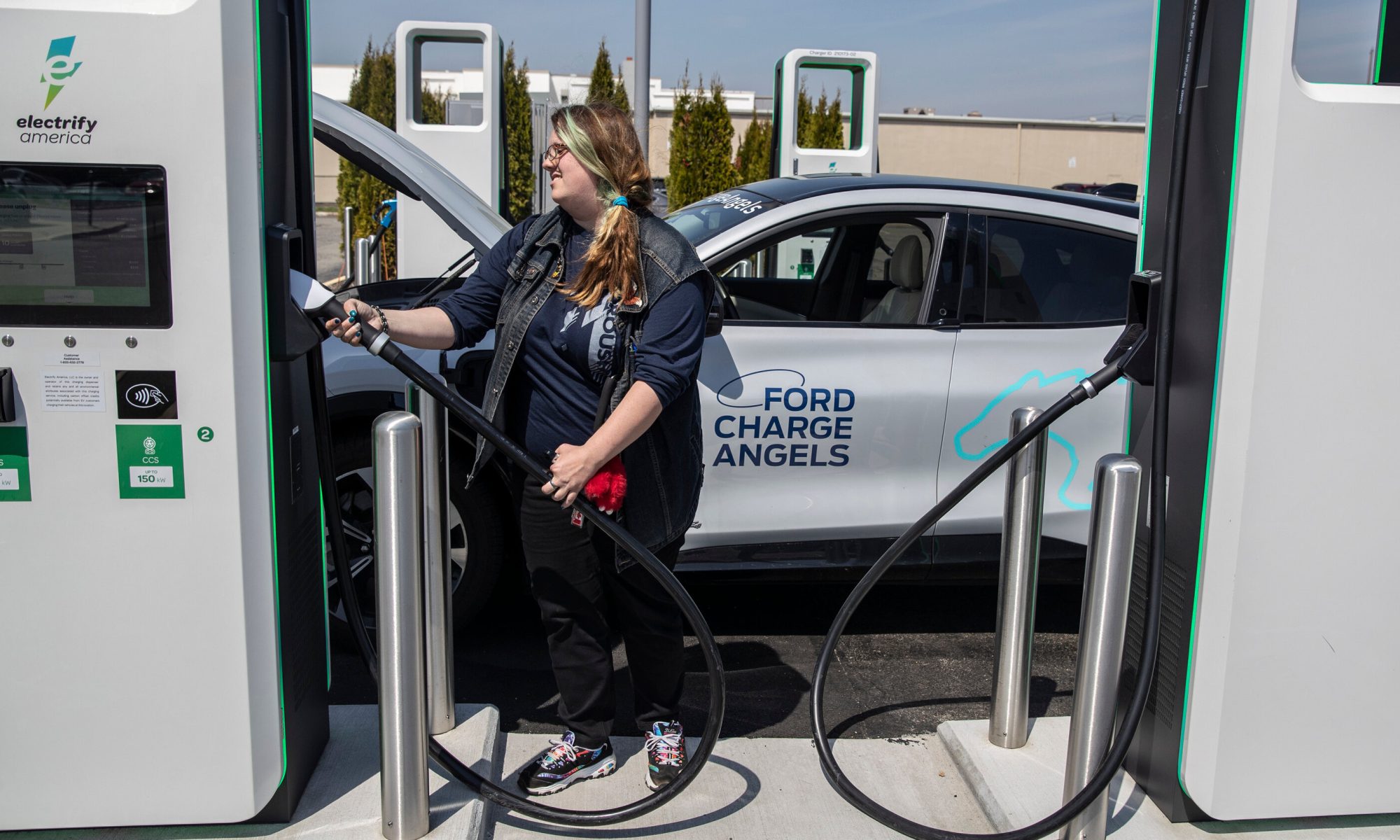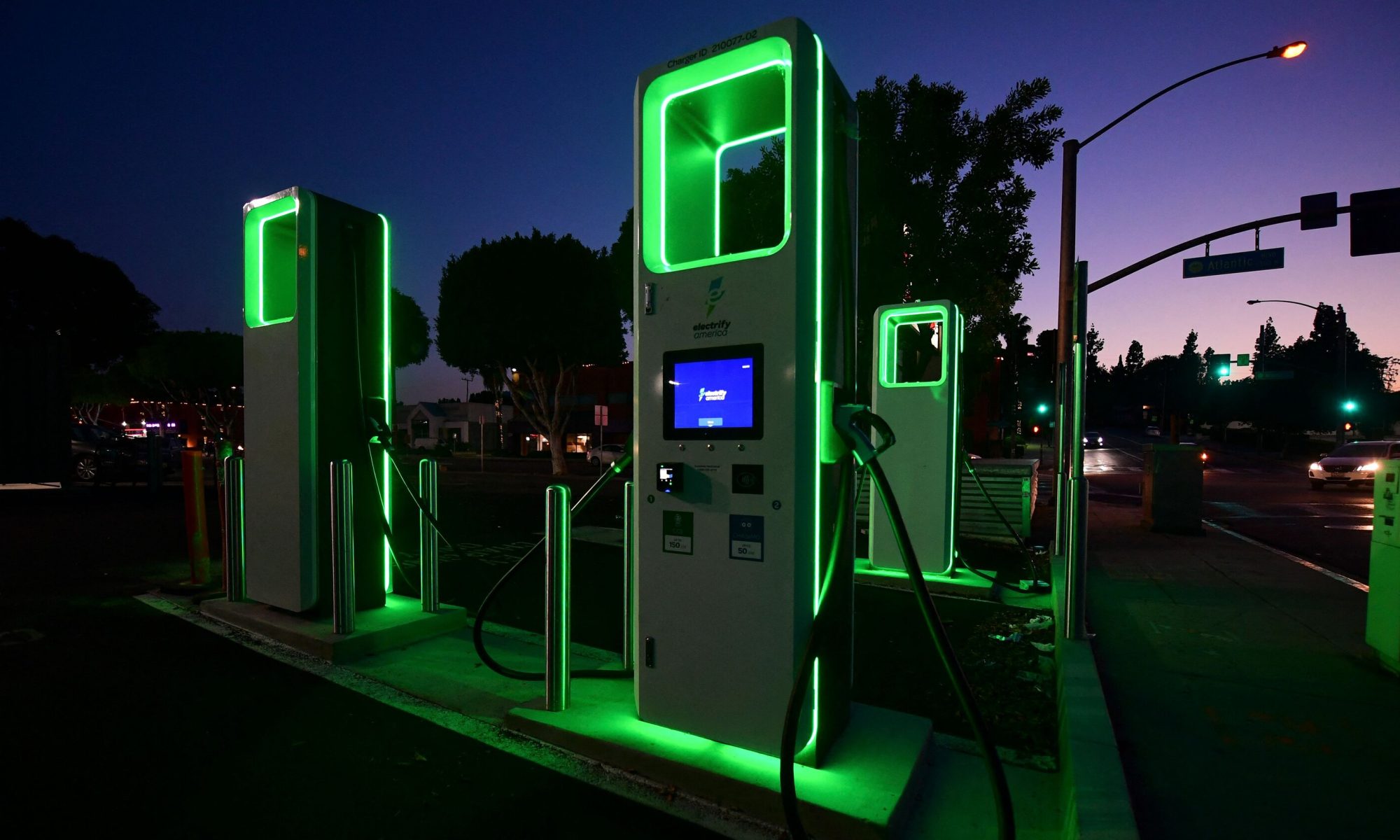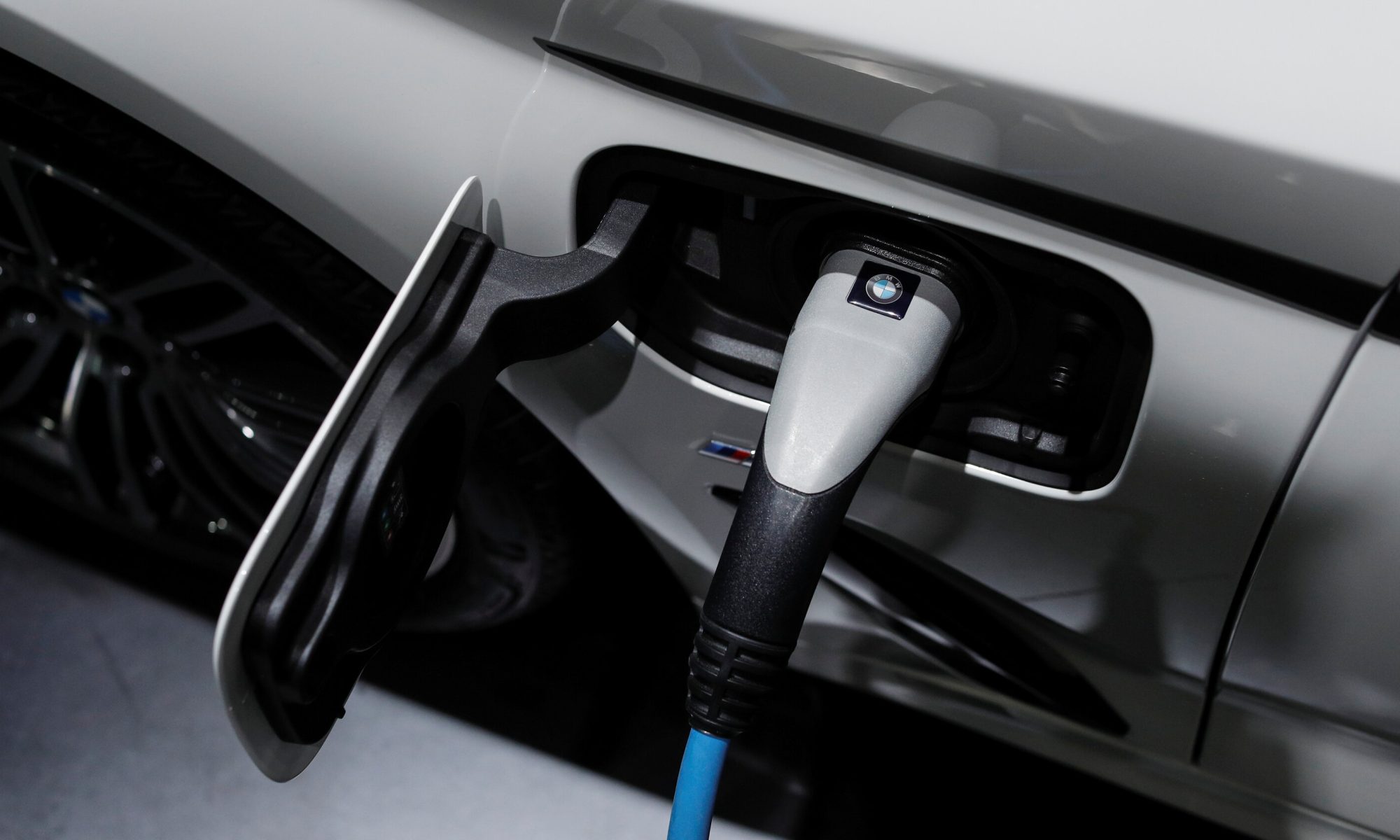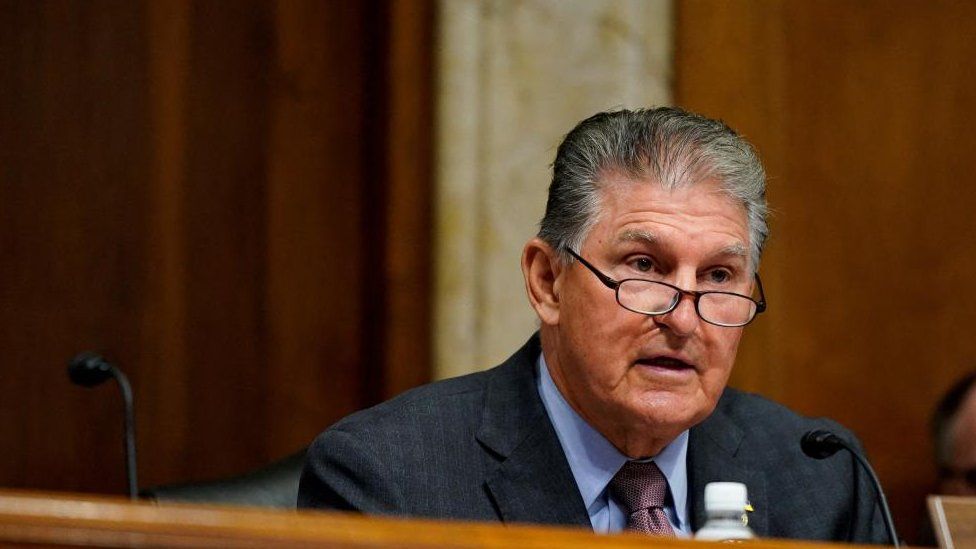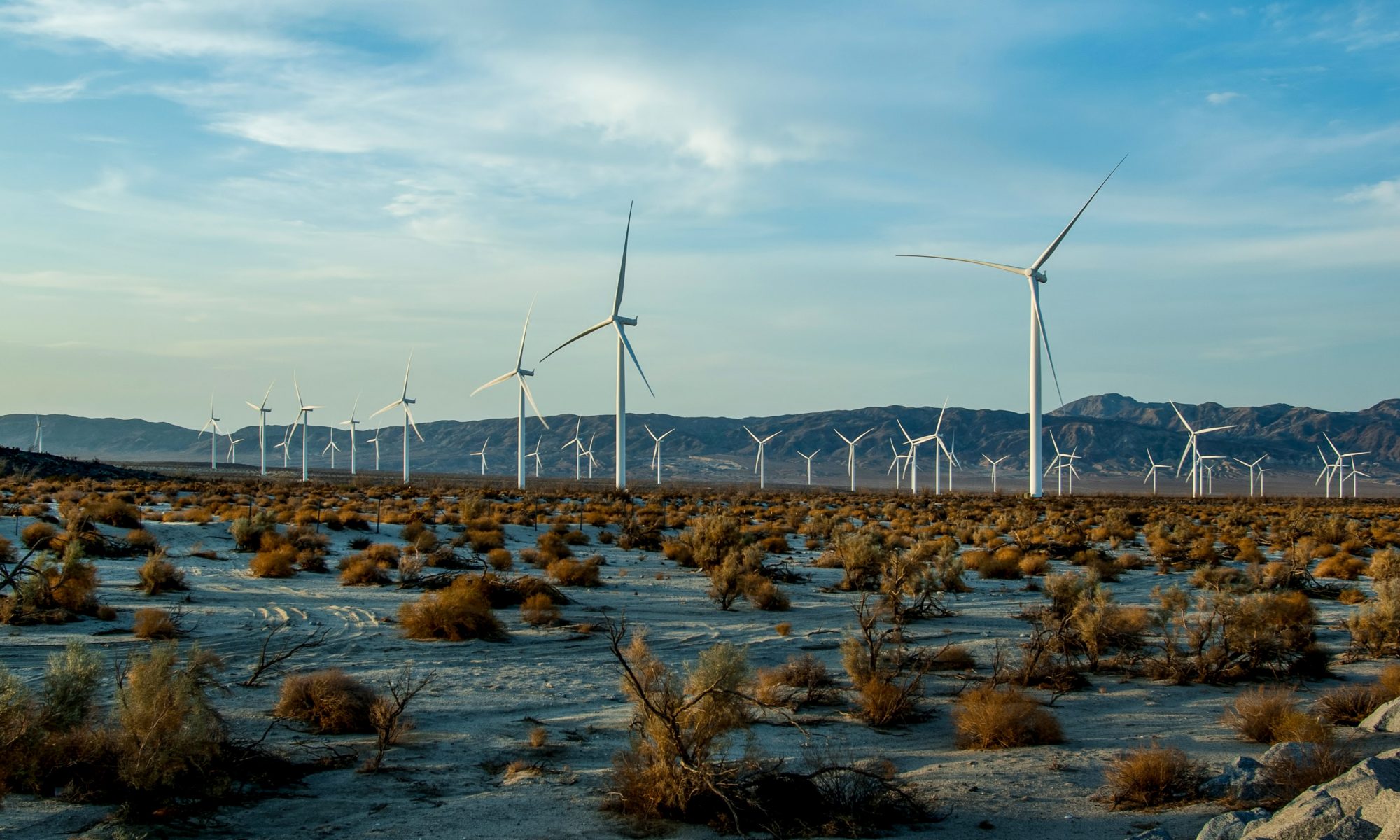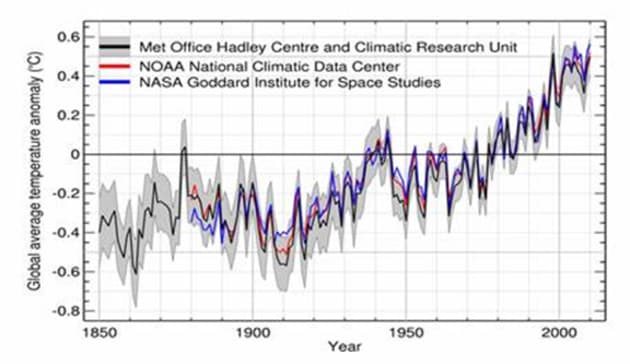Critics of the state’s push to end reliance on gas-powered vehicles seized on the news. But environmentalists said the extreme weather underscored the need for the E.V. transition.
Enforcement could be complex and legal challenges are likely. But ultimately, experts say, success or failure will depend on steady supply and buyers’ appetite.
Owners of battery-powered cars sometimes struggle to refuel on longer trips because public chargers don’t work or malfunction while cars are plugged in.
There may be better ways to slow global warming, but this legislation is a big step forward.
There has been a surge in the sales of cars that can travel short distances on just electricity and have a gasoline engine for longer trips.
Along the way to the $369 billion package, the West Virginia senator secured an array of concessions for his state and for the fossil fuel industry.
The Senate’s proposal aims to accelerate electric car sales and promote domestic battery manufacturing at China’s expense.
The announcement Wednesday of an agreement in the Senate almost instantly reset the role of the United States in the global effort to fight climate change.
President Biden’s best course is to take the same regulatory path Barack Obama was forced to follow.
The party has largely moved beyond denying the existence of climate change but continues to oppose dramatic action to halt it, worried about the short-term economic consequences.
